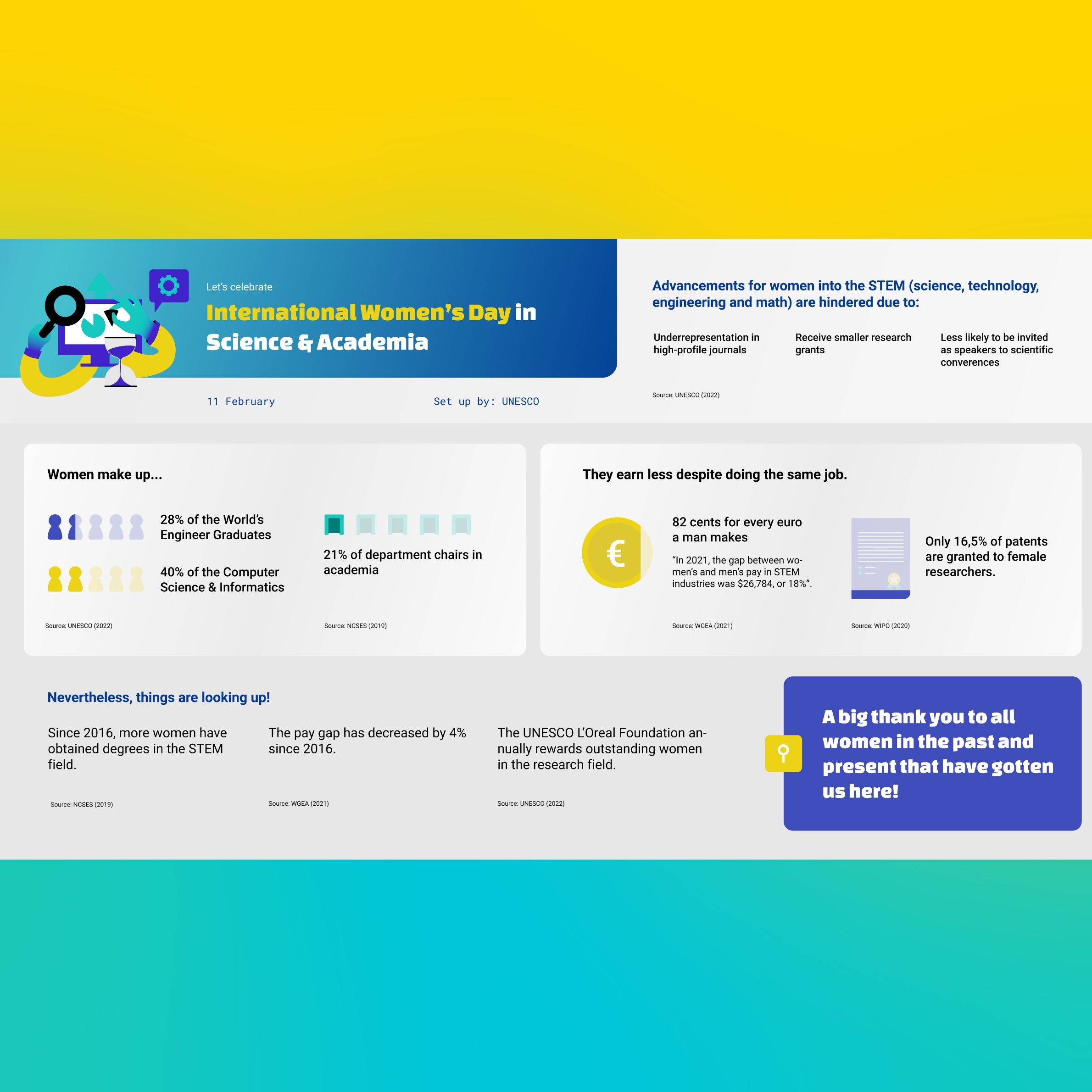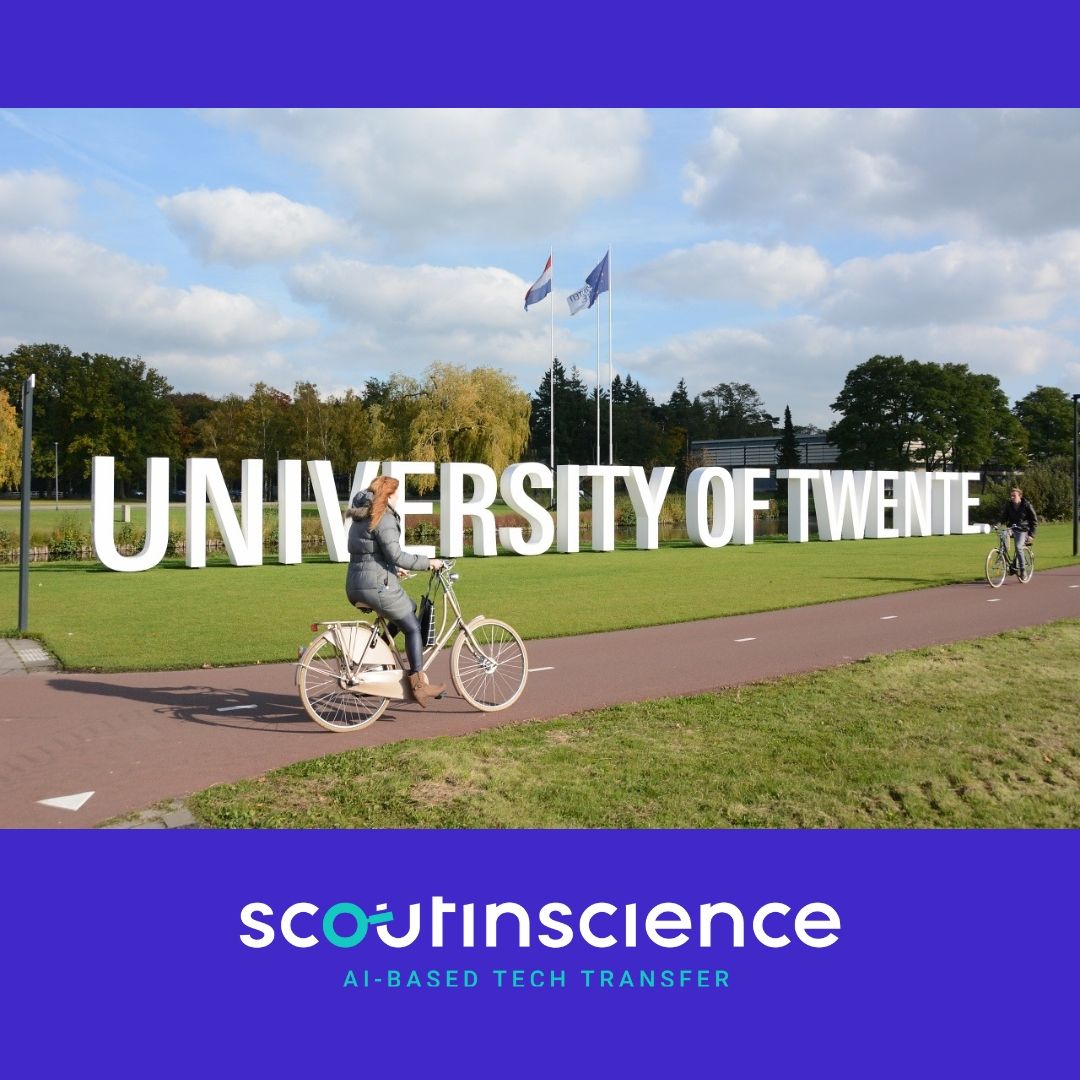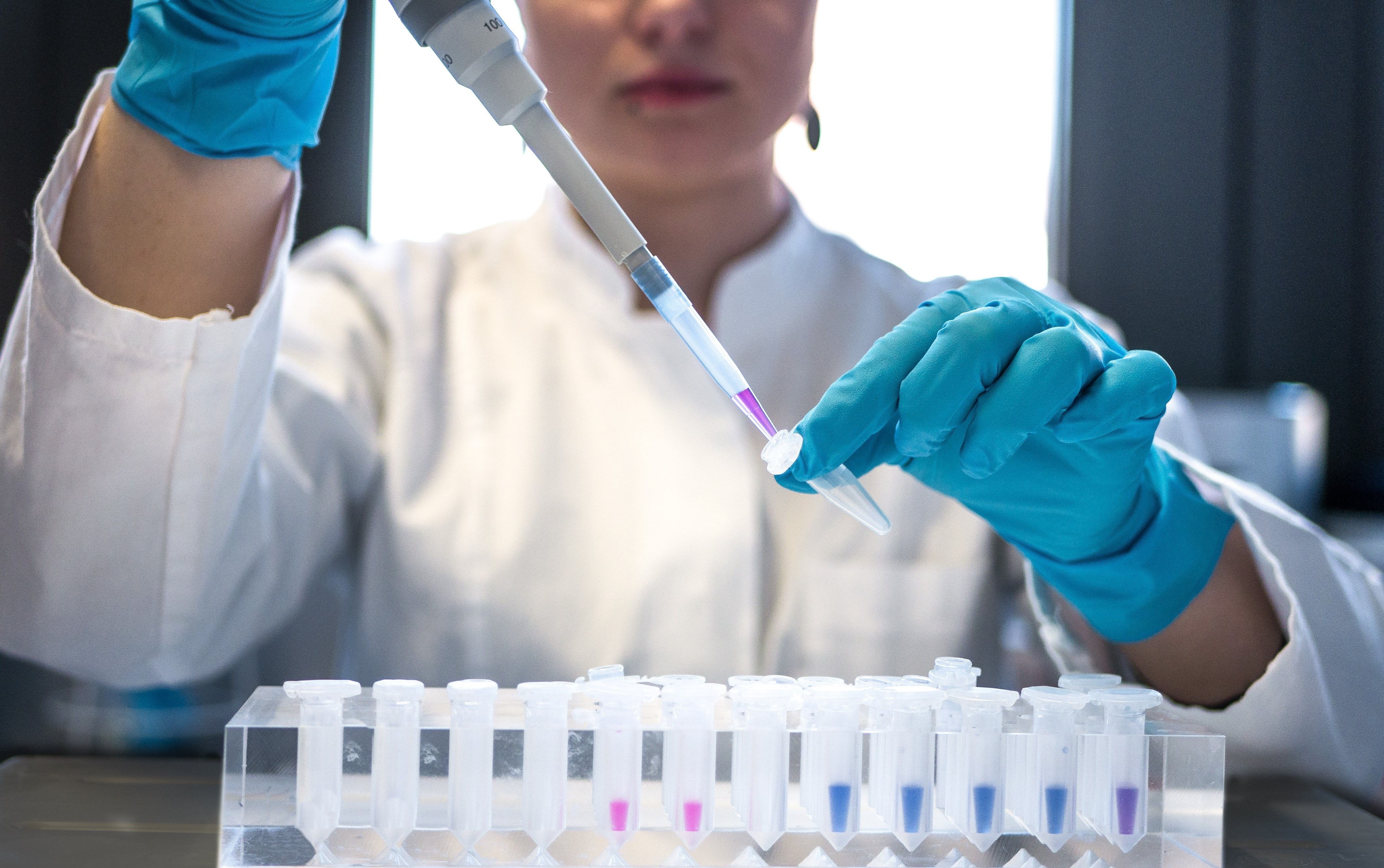Introduction
Technology transfer can be easily understood as the process of bringing research into the commercial industry, where it can improve people's lives and promote economic development. However, the process at a university of preparing the research to be ready for public use is much more complex.
In order to get research ready for public use, universities must work with a variety of stakeholders, including businesses, government agencies, and the general public. With their cutting-edge research and development, universities can help raise the standards of society worldwide.
In many cases, by investing in science, methods, machinery and people, universities become the primary source of new knowledge, technologies and ideas that can be used to improve the quality of life.
From research to society: The technology Transfer Process

Research and Development
The lifecycle of technology transfer starts with a researcher, or a group of researchers. A researcher will always belong to a specific research group, thus the reason why most publications are usually a collaboration of several people. Within a university, the research can start in two ways:
A. A researcher might come up with an idea or a solution to a problem in his field of interest B. He gets an assignment from a coordinating professor within his research group
For most of the researchers within a university, the goal is to get published in a well-known science journal or magazine - such as Nature. Getting published in a well-known publication can increase the visibility of the research group involved and help with getting new funds in the future.
Technology Leap
Most of the resources needed – such as labs, salaries, and equipment – are funded by the university. The university further on gets this from the government through subsidies and yearly funding. That is why one important goal of a university in this case is to find research that can give something back to society. The technology transfer office needs to find the research that has business potential before getting published to be able to patent the innovation or to turn it into a spin-off.
If the research has already been published in a magazine and made available to the general public, universities lose their chance of getting a patent out of it. The patents guarantee an exclusive right on using/selling a particular technology for many years on a global or regional scale.
The technology transfer officer has the primary role of searching for business potential within the publications. In many cases, there is only one person for this role that has to look through hundreds of publications monthly within multiple domains. The ratio makes it more likely for the business potential to be skipped.
ScoutinScience
ScoutinScience acts as an intermediary player in the process between research and the technology leap step. The dashboard allows technology transfer officers and business developers to go through all (pre) publications and have an overview of the best tech transfer-capable technologies using AI.
The dashboard allows the technology transfer office to upload all publications and make sure that nothing is overlooked. The technology behind the AI looks for business potential clues and has a built-up knowledge in multiple domains. Once the AI algorithm is done, a BPS (Business Potential Score) is given to every publication. The highest score is therefore given to the publication that has the most potential of being licensed or transferred in a spin-off.

Invention disclosure
Once the business potential has been investigated, business developers, usually within the technology transfer office, will look if the idea is worth bringing to the market. The business developer is also responsible for discussing the next steps with the research group and finding the necessary funds to support the development.
IP Protection
The IP protection step focuses on the intellectual property rights of the research. Whether the technology is sold to a company or turned into a spin-off, the university checks if they can get a patent out of it. Usually, a (junior) attorney within the technology transfer office will overtake this step. The university will offer the resources to invest in the patent, with the condition of getting a share in return once it is in the market.
This step can become tricky especially when there is software technology involved, due to its subjective nature.
Technology Transfer
Once the legal aspect has been taken care of and the business developer has gathered enough funds, the next step is getting the technology ready for industrial application. If a spin-off needs to be created, the preparation usually consists in finding the right team to bring the technology to market. The university, who at this point holds the patent of the technology, will license out the exclusive rights to the spin-off in which it (usually) also holds shares.
Industrial Application
Once a technology has been developed to the point where it is ready for industrial application, the next step is to determine whether it will be commercialized via a spinoff company or licensing agreement. If there is not enough interest to justify setting up a spinoff, the technology can be sold to a larger corporation. In either case, the technology must be able to provide a real-world benefit in order to be successful.
Public Use And Economic Growth
 Technology transfer is the process of taking research and turning it into products and services that can improve people's lives and spur economic progress. It is a key part of the innovation process, and it is important for ensuring that new technologies are used to their fullest potential. There are a number of different ways to transfer technology, and the most effective approach depends on the specific situation. In some cases, technology transfer may involve licensing or selling new technology to a company that can commercialize it. In other cases, it may involve working with partners to develop new products or services. Regardless of the approach, technology transfer is an essential part of the innovation process and can help to drive economic growth.
Technology transfer is the process of taking research and turning it into products and services that can improve people's lives and spur economic progress. It is a key part of the innovation process, and it is important for ensuring that new technologies are used to their fullest potential. There are a number of different ways to transfer technology, and the most effective approach depends on the specific situation. In some cases, technology transfer may involve licensing or selling new technology to a company that can commercialize it. In other cases, it may involve working with partners to develop new products or services. Regardless of the approach, technology transfer is an essential part of the innovation process and can help to drive economic growth.
Universities are the main starting point of the technology that we know today and the products that surrender us. The technology transfer office ensures that society can benefit from the latest research done for continuous growth. This way, people have access to a better life and the latest developments in medicine, software, physics, the food industry and many more.
Conclusion
The technology transfer process is a critical link between research and society. It helps to transfer research from academia into the commercial world where it can be developed and used to improve people's lives. At our company, we work with universities and Technology Transfer Offices (TTOs) to help them find the business potential within research.
Interested in collaborating or learning more? Contact us or follow us on LinkedIn and www.scoutinscience.com for updates.




